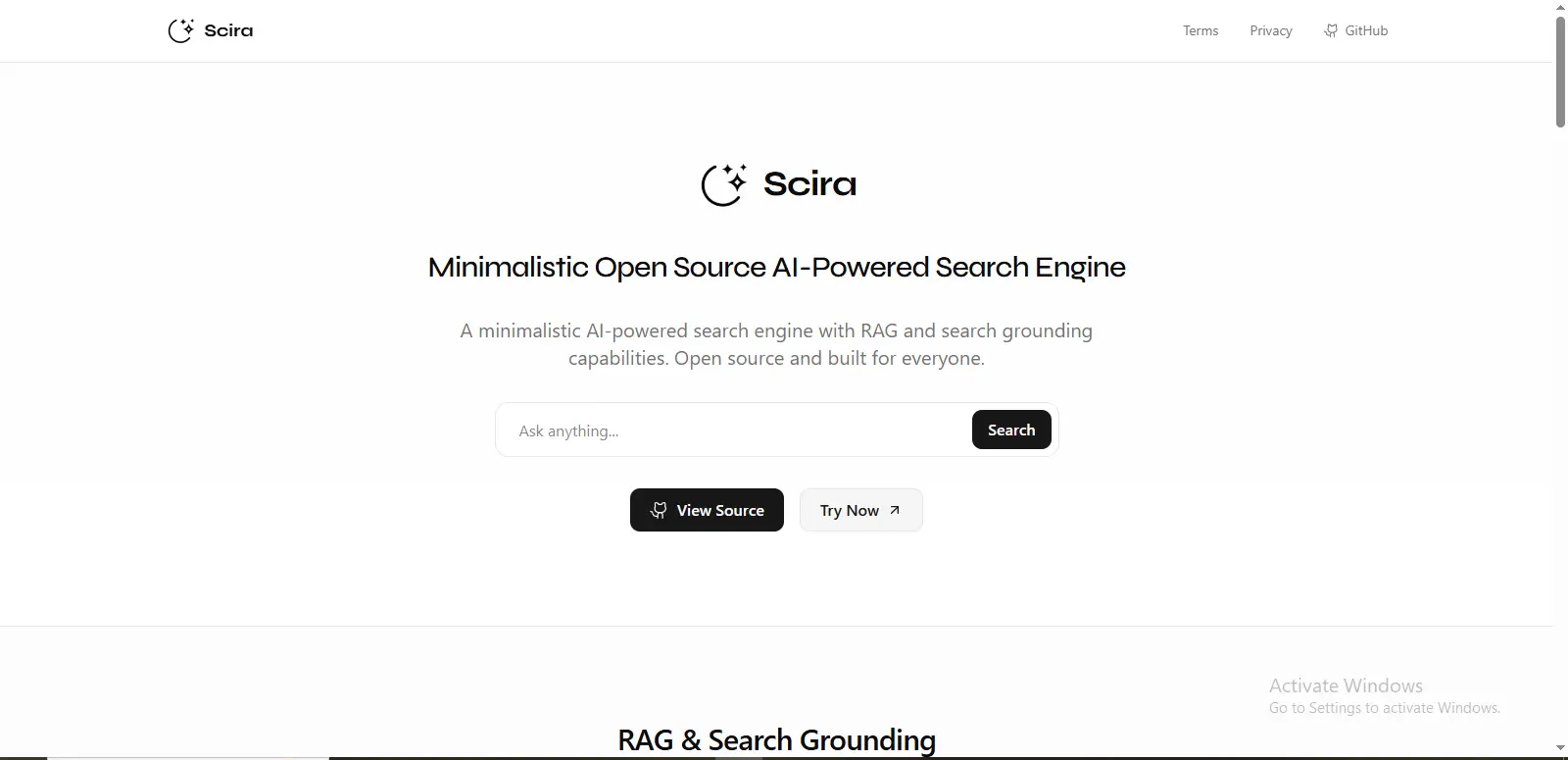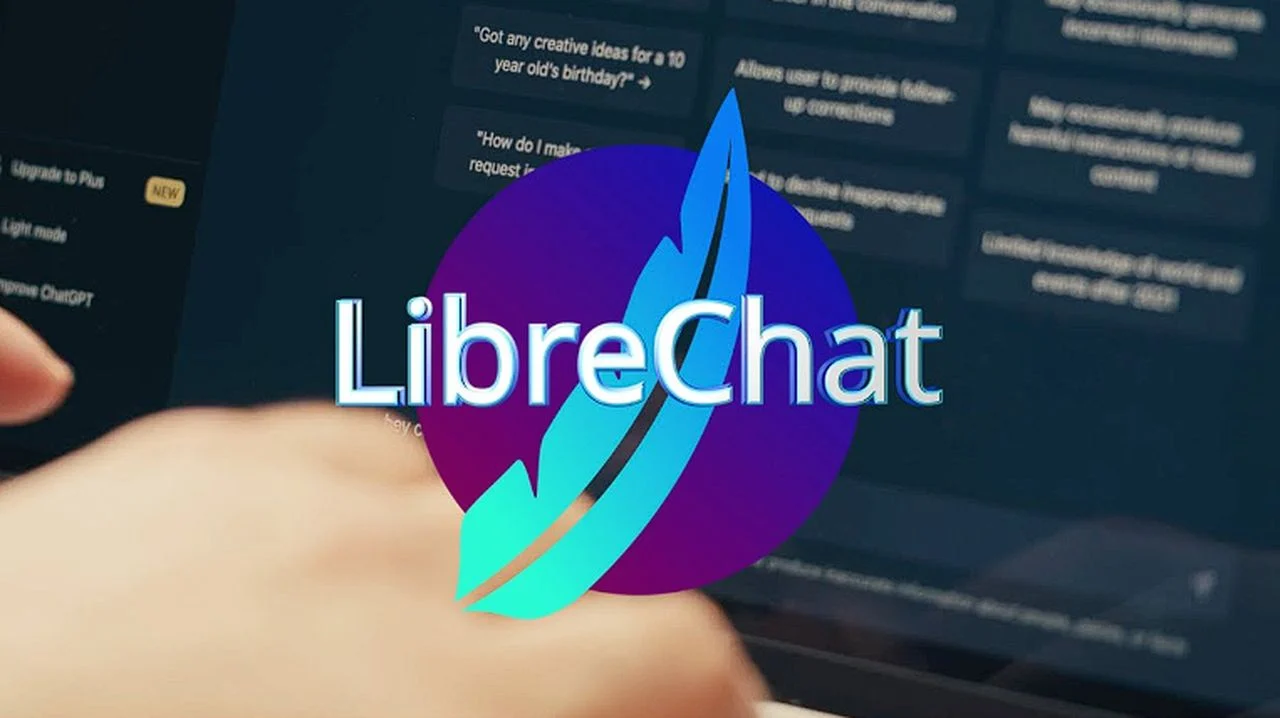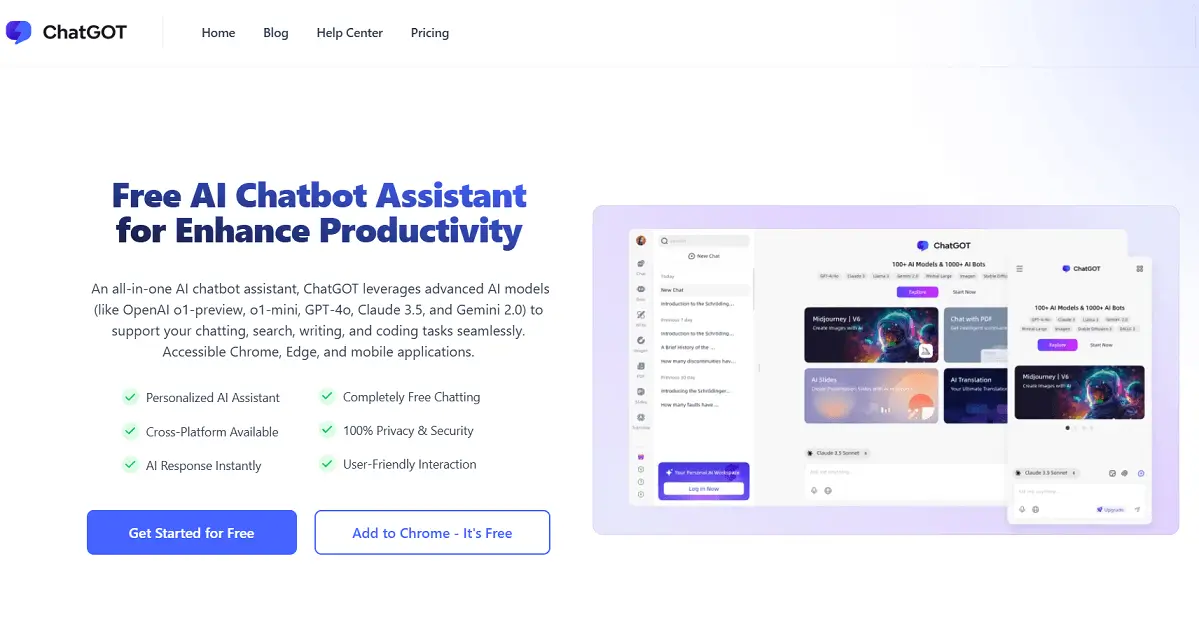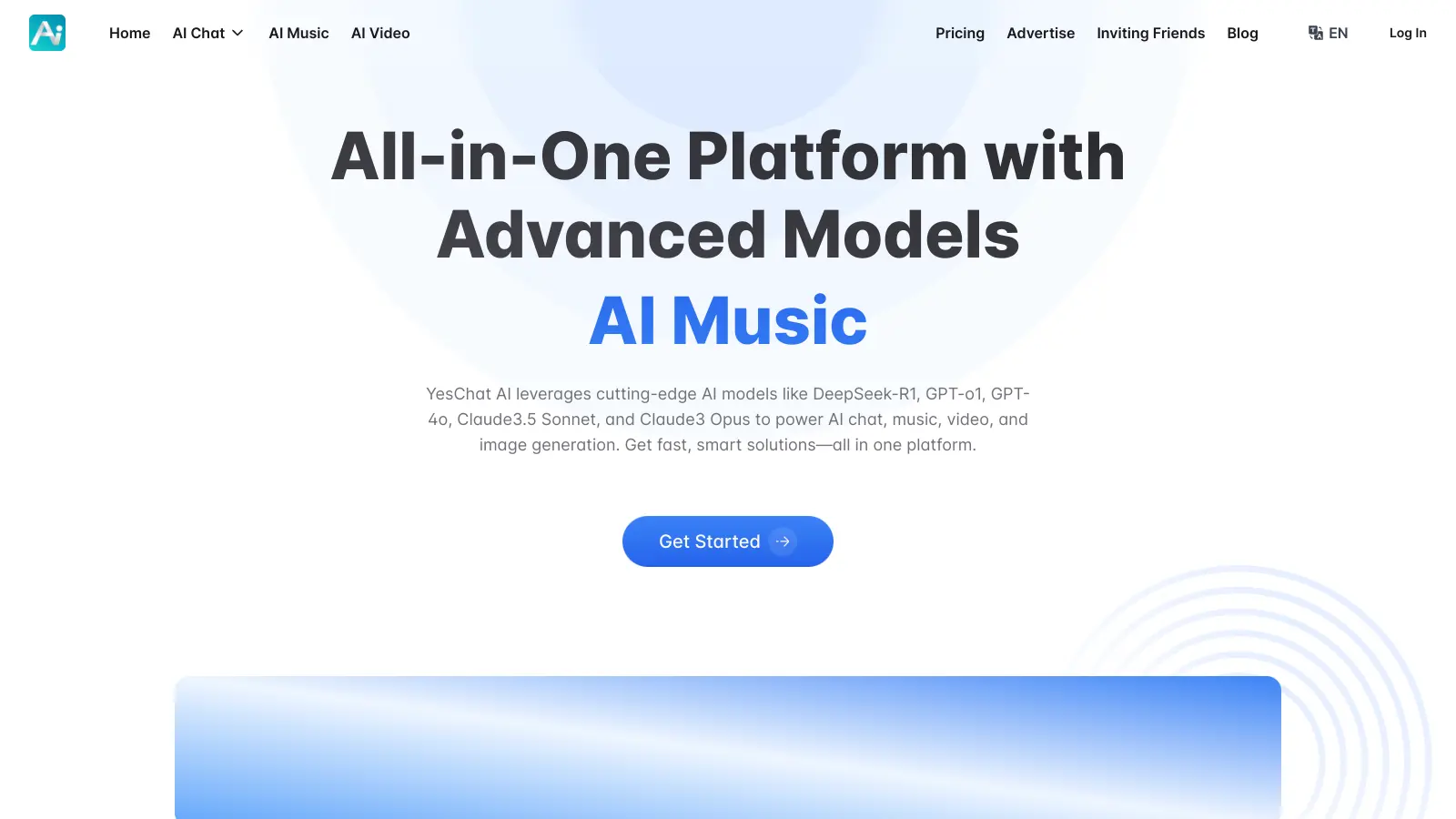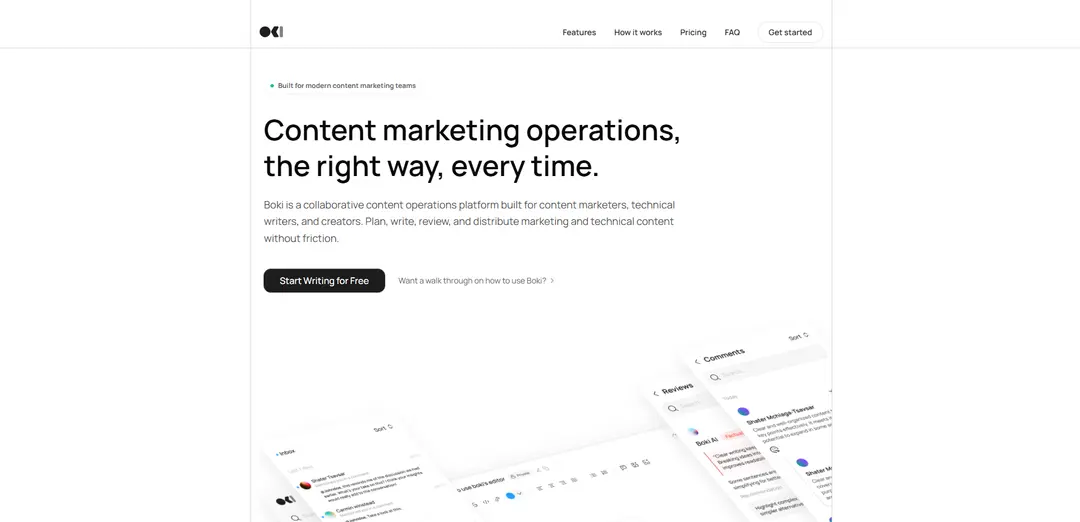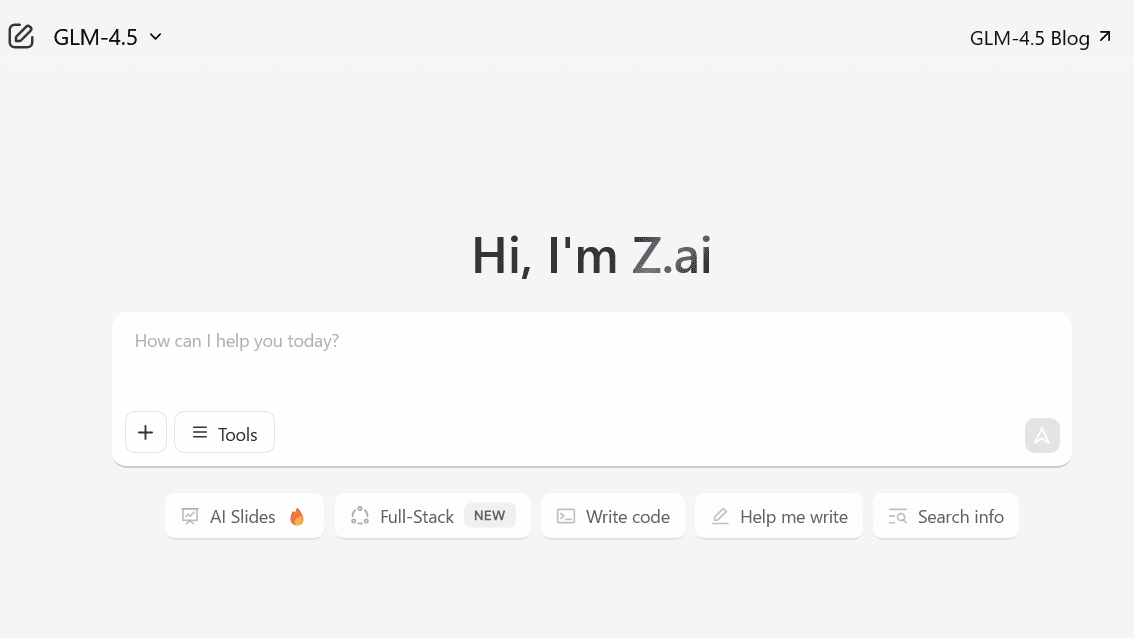Lipsumgen is a versatile tool crafted for generating Lorem Ipsum, a standard placeholder text used in the design and printing industry. This tool is accessible for free and offers support for generating Lorem Ipsum text in over 10 different languages.
One of Lipsumgen’s standout features is its capacity to produce customized Lorem Ipsum text, particularly useful for previewing design layouts in visual presentations.
Moreover, Lipsumgen provides an API, empowering users to generate placeholder text seamlessly while constructing websites or applications. It integrates AI technology into its chatbot feature, which assists in generating Ipsum text based on user inputs.
Additionally, Lipsumgen supports HTML tags, allowing users to copy the generated Lorem Ipsum text with corresponding tags, streamlining the process for their convenience. Future plans include expanding language options, broadening the tool’s utility for a diverse user base.
Lipsumgen serves not only as a text creation tool but also as an invaluable companion during the design and development phases of web-related projects.
More details about Lipsumgen
Can Lipsumgen accommodate requests for additional features?
The availability of additional features in Lipsumgen may vary, and it’s best to check with the provider or support channels for any feature requests.
What is the process for creating text online using Lipsumgen?
To create text online with Lipsumgen, users can either interact with the AI chatbot or manually specify parameters such as language, number of paragraphs, paragraph length, and inclusion of HTML elements. The generated text can then be copied, with or without HTML tags, as needed.
Is Lipsumgen always free to use?
Lipsumgen is currently available for free, but it’s advisable to check with the provider for any changes in pricing or usage policies.
How does Lipsumgen aid in previewing design layouts?
Lipsumgen facilitates previewing design layouts by generating custom Lorem Ipsum text, which serves as placeholder content for visual presentations. Additionally, its support for HTML tags allows users to mimic real content structure, aiding in the visualization of design elements.



